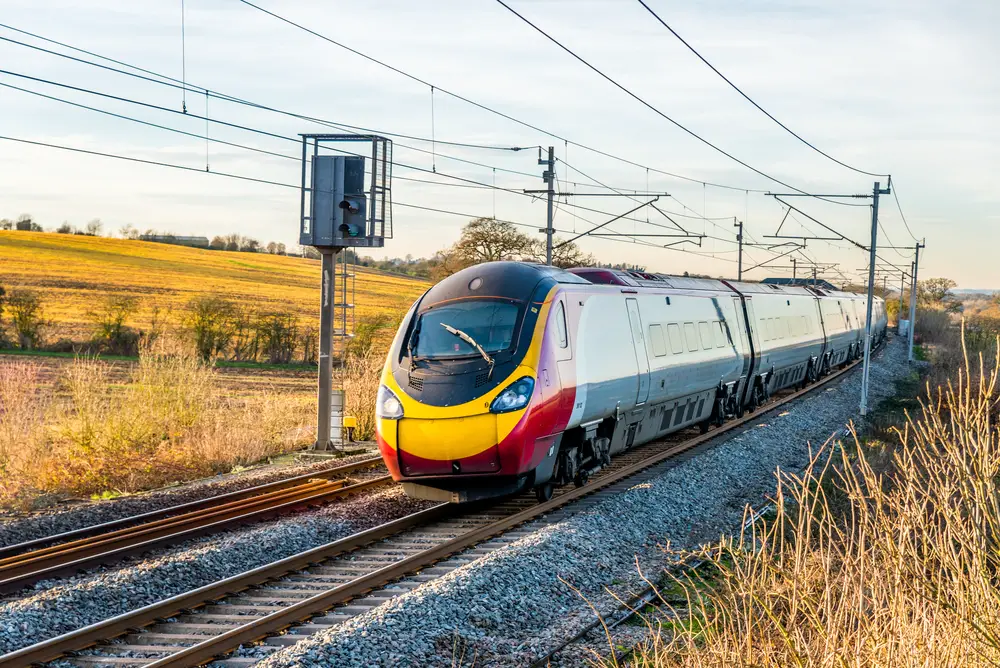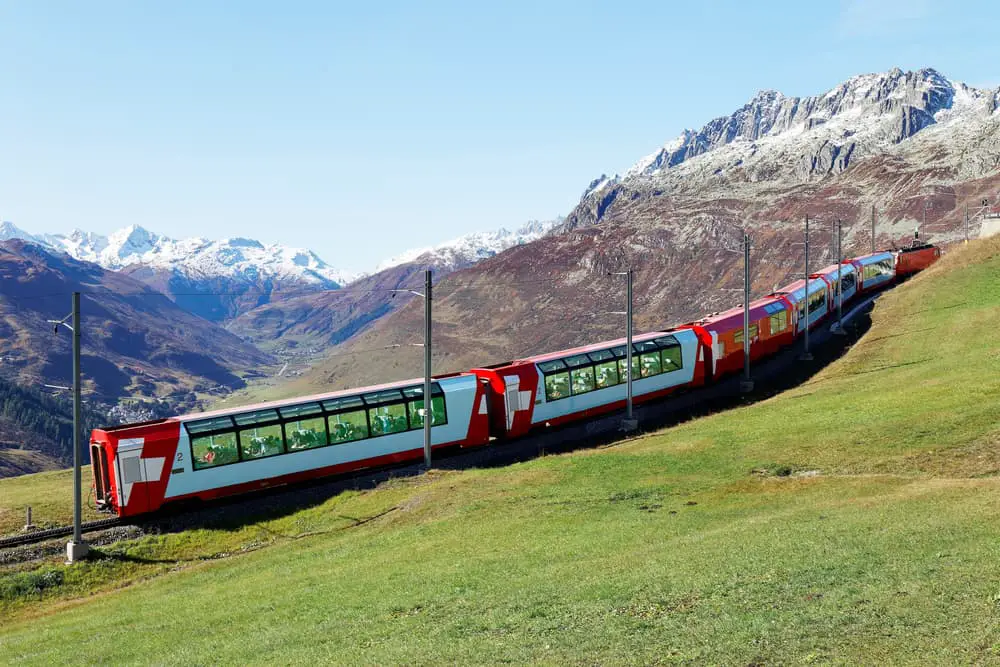
Trains are mesmerizing machines, the rhythmic click-clack sound they make on the perfectly designed tracks and the iconic choo-choo can make anyone’s day!
This may leave you wondering about the average lifespan of these beautiful machines and what may influence them. How long do trains last?
New trains are built to last around 30 to 50 years. However, its lifespan can be significantly extended by regular maintenance, refurbishments, replacing worn-out parts, and replacing some parts with new technology. Through these maintenances, a railroad can use a train for as long as they see fit.
Some factors will influence how long a train will last, with some extending its lifespan and others the opposite. Let’s dive into all the details.
The Average Lifespan Of Trains
In the United States, a train is designed to last between 30 and 50 years, and some trains can reach fairly impressive lifespans, but it comes at a cost: they must be properly maintained and preserved.
There are steam locomotives on British heritage lines originally built in the early 19th century. Even though several components have been replaced over the years, they are still up and running smoothly.
Likewise, some trains were built in the 1950s and 1960s that are still operating as new.
With a few exceptions, as you can see, the average lifespan of a specific train can increase or decrease depending on how the railway looks after it.
Factors That Influence How Long A Train Lasts

Railways have thousands of complex electrical and mechanical systems with thousands of constantly moving parts. If the railway company is regarded as safe and reliable, its equipment, the trains, must be looked after.
Let’s take a look at all the factors that will influence a train’s lifespan.
Maintenance Will Impact A Train’s Longevity
A railway can not survive long as a profitable running operation if it becomes unsafe and deteriorates due to a lack of regular maintenance.
Although correctly maintaining a train can be extremely expensive, replacing failing equipment too early will be much more expensive if maintenance and services have been neglected.
Rolling stock is maintenance-intensive and becomes the most vulnerable if regular maintenance is dodged or neglected.
If a train stalls, it will immediately block the railway, which will cause unmanageable schedules and wreak havoc for the entire day or longer.
Reliability and regularly scheduled maintenance are crucial to a train’s longevity and should always be a priority to make sure it runs safely.
It’s crucial to keep in mind that all trains, big or small, will require specific facilities when it comes to maintenance and storage needs.
The core design of these maintenance and storage facilities hasn’t changed much in the last century, and in most cases, the original buildings and sites are still used daily.
These older layouts often make adapting to the more modern maintenance systems challenging.
The basic layout of a train maintenance depot or facility will consist of a light maintenance and inspection shed, a heavy maintenance shop, a cleaning area, a storage yard, and in some cases, an area for locomotives that are not in use.
Maintenance Programs Will Influence A Train’s Longevity
Rolling rock maintenance needs to be correctly programmed. This is usually done in three different ways: By time, mileage, or conditioning monitoring. Of all three of these methods, condition monitoring is the most recent.
Originally, maintenance of trains was carried out on a time basis, which was usually related to safety items, such as wheel conditions and brakes. Several administrations later updated the system to a mileage-based system.
However, this was more difficult to operate, as they had to keep records of all train mileages, which was time-consuming, as there was no way to gather the data electronically.
There is also the fact that a train deteriorates almost as fast if it is stored as it will if it is used every day. Only the items that will deteriorate will change.
Exterior Cleaning Will Impact A Train’s Longevity
A train washing plant works on almost the same principle as a regular carwash. However, where a car will part at the car wash, a train is driven through the wash, where the washer itself will stay in one place.
Some designs of train washers work the same as a very long car wash, where the train will remain in one place, and the washer will move during the cleaning cycle, but these are not as common as the first method.
Normally, clean water will be used to wash a train as a daily wash, and a mild detergent will be added to assist in the washing process. Chemicals will be used for less frequent washing intervals, which can be weekly or monthly.
Washing a train’s exterior will help boost its longevity, as it could remove rust, pollution, and dust and debris collection.
Interior Cleaning Will Impact A Train’s Longevity
When trains are not in use, they are stabled in sidings or depots, which will be serviced and cleaned. Interior cleaning refers to sweeping, dusting, vacuuming, and washing the inside of the train.
Except for the regular cleanings, carpets must be shampooed, and seating upholstery needs to be done less regularly. Suitable facilities need to be provided in the stabling areas where the trains are kept at all times.
Power, toilet, and water systems need to be provided in these areas, and they should be connected to each train to be cleaned thoroughly.
Access to trains needs to be designed so that the cleaning crew can reach them safely with their equipment. This will usually entail walkways along every train.
How often this regular and deep cleaning interior maintenance is conducted and how thoroughly it is conducted will significantly impact how long a train is suitable to be used safely.
Conclusion
Trains are wonderful machines, and although they may seem old and outdated, they are constantly maintained to ensure they run safely, especially trains carrying passengers.
The next time you’re on a train, why not ask how long it’s been running? You may be surprised at the answer!
